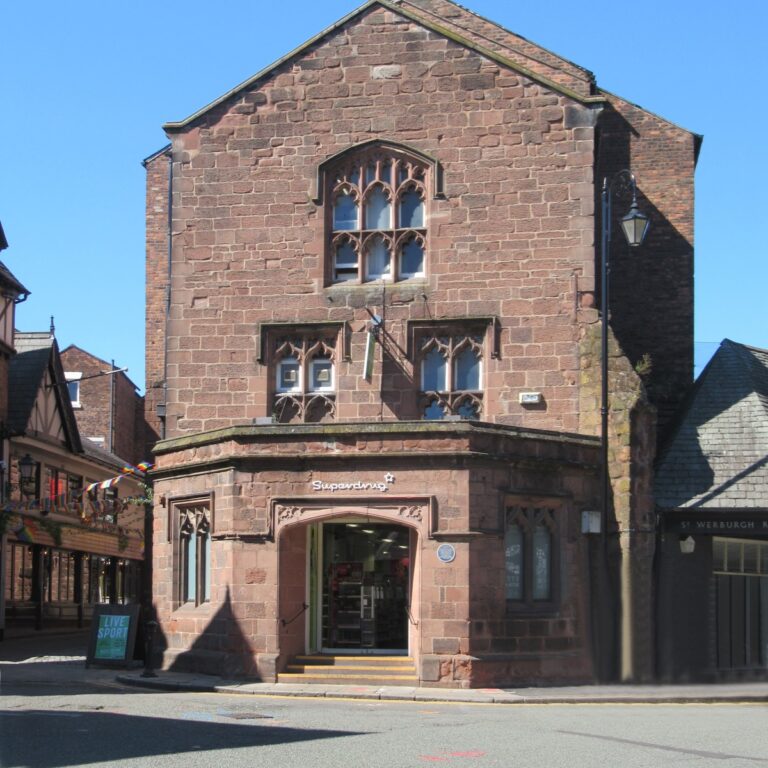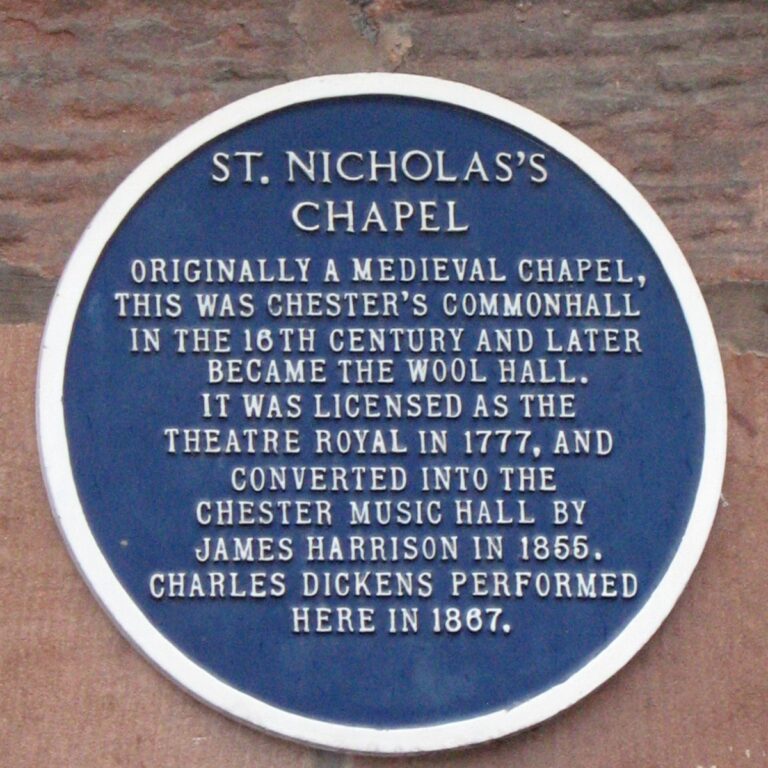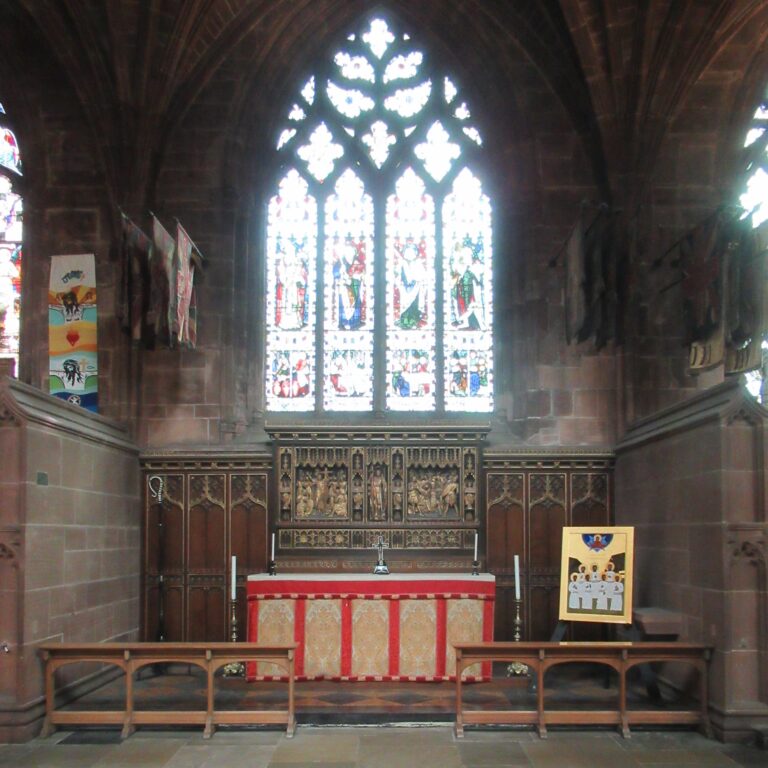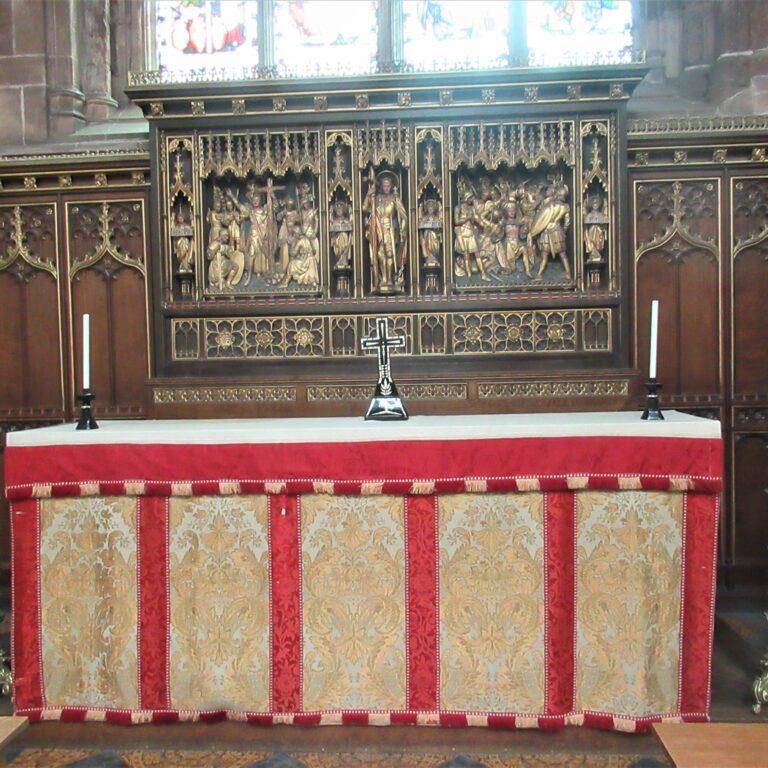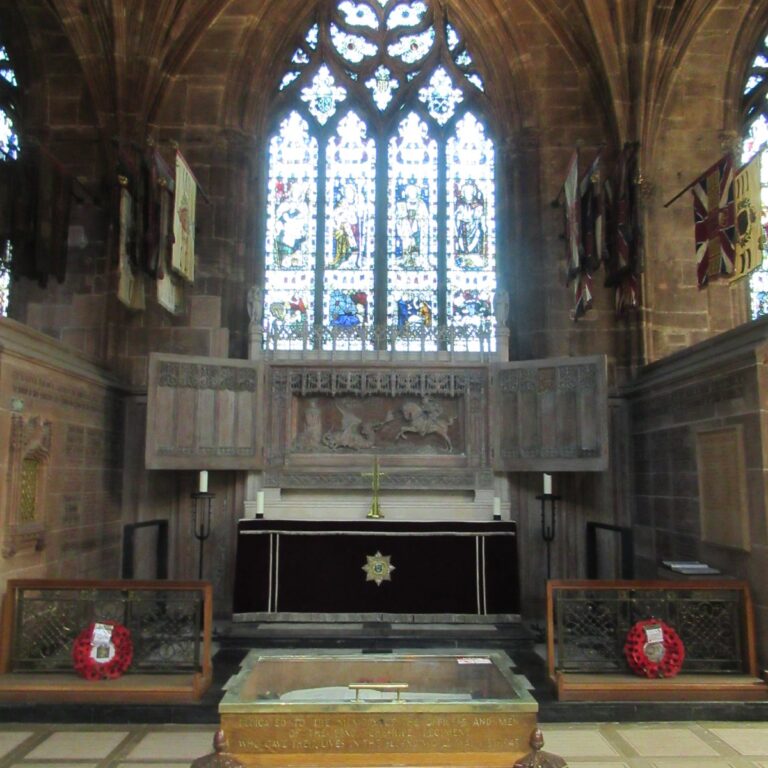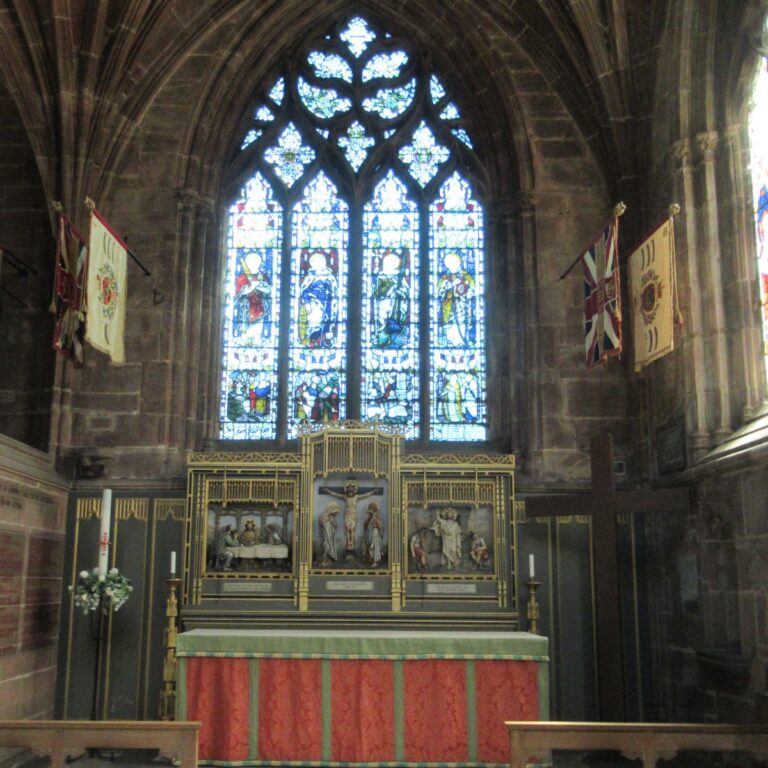Places: Chester, St Oswald (St Werburgh)
Place Type
Parish
County
Cheshire
Deanery
Chester
Causes
EDC 5/10/1 – William Aldersey contra Thomas Wright and Richard Broster
EDC 5/1566/1 – Henry Hall contra Helen Hall, his wife
EDC 5/1575/1 – Jane Shepherd contra Francis Sefton and Margaret Sefton
EDC 5/1575/3 – John Vawdrey and Richard Vawdrey contra Ralph Calveley
EDC 5/1580/1 – Elizabeth Cowley alias Johnson, wife of Richard Cowley alias Johnson, contra Richard Cowley alias Johnson
EDC 5/1580/2 – Thomas Darcie, gentleman, contra Cecily Darcie
EDC 5/1580/7 – Alice Bostocke contra Roger Chauntrell
CHESTER, St OSWALD
This parish was also popularly known as St Werburgh because of its connection with the abbey church building dedicated to her.
Although the area of the parish probably originally comprised most of the city, it was gradually reduced in size as new parishes developed until by the sixteenth century the only area within the walls lay to the north-east of the city. However, it also included areas outside the city walls, to the north the abbot’s manor of St. Thomas outside the Northgate, together with Bache, Newton, Croughton, Wervin, and part of Blacon township, and to the east and south-east Great Boughton, Churton Heath, Huntington, Lea Newbold, and Saighton; and well outside Chester it included Iddinshall and Hilbre Island. There were dependant chapelries at Boughton, Bruera (also known as Churton Heath) and Wervin.
Following the dissolution of the abbey most of the tithes were granted to various impropriators by the dean and chapter of the new cathedral, who also owned the right of presentation of the vicar. The vicar had the tithes of Churton Heath and parts of Saighton and Blacon.
In the thirteenth century the altar of St Oswald, where the parishioners worshipped, was situated in the nave of the abbey church, but in about 1290 they were moved out to the chapel of St Nicholas, which was built for their use in the south-west corner of the abbey precincts.
This chapel continued to serve as the parish church until 1539, when the parishioners secured the use of the south transept of the abbey church which was to become the new cathedral following the dissolution of the monastery in 1540. The chapel building of St Nicholas was then leased by the city for use as the Common Hall.
There are four chapels along the east wall of the south transept, one, dedicated to St Oswald, has an intricately-carved reredos featuring scenes of the saint’s life. Veneration of St Nicholas continued with another of the four chapels dedicated to him and St Leonard, with a reredos featuring the crucifixion. The chapel of St George contains a reredos of the saint and the dragon.
Sources:
J S Barrow, J D Herson, A H Lawes, P J Riden, M V J Seaborne, ‘Churches and religious bodies: Medieval parish churches’, in A History of the County of Chester: Volume 5 Part 2, the City of Chester: Culture, Buildings, Institutions, ed. A T Thacker, C P Lewis( London, 2005), British History Online https://www.british-history.ac.uk/vch/ches/vol5/pt2/pp133-156
Douglas Jones, The Church in Chester 1300-1540 (Chetham Society 3rd series, 7, 1957), pp. 44-45
George Ormerod, The History of the County Palatine and City of Chester, (second edition, revised and enlarged by T. Helsby, 3 vols, London: George Routledge & Sons, 1882), vol i, pp. 304-306

